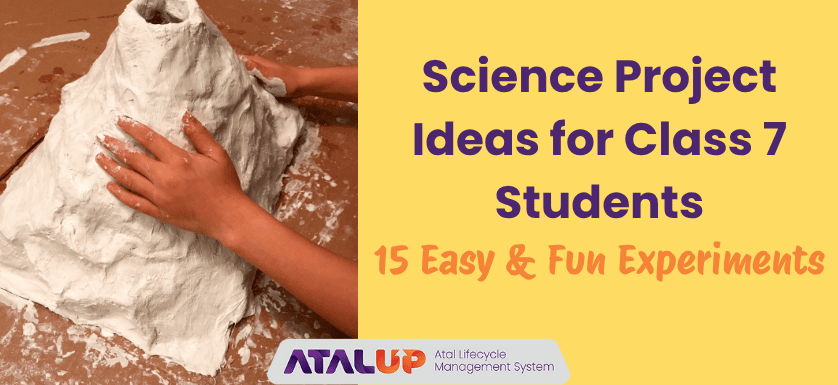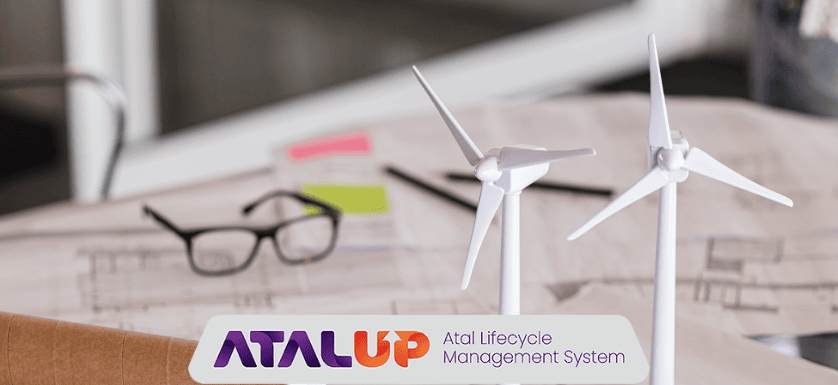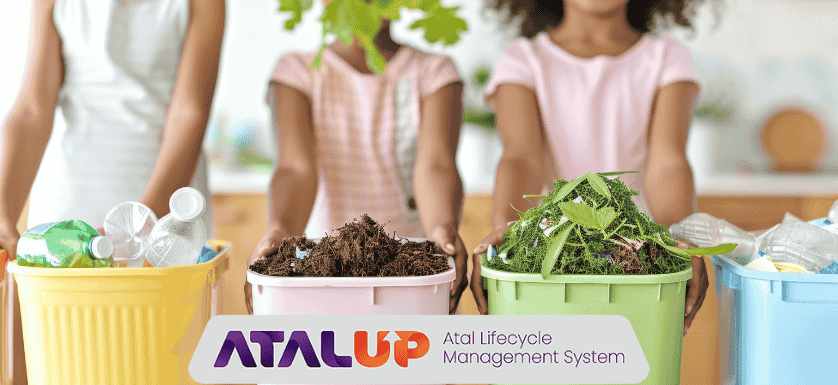
Classroom learning can sometimes feel boring. But give a child a project to build, and suddenly, science gets exciting. That’s the power of hands-on learning. For students in Class 7, this is the perfect age to explore, experiment, and present their ideas confidently.
In this blog, we’re sharing fun and simple science project ideas for class 7. These models don’t require fancy tools, just basic materials and a curious mind. Whether it’s for a classroom activity or a school-level competition, these science exhibition project ideas for class 7 are sure to spark interest.
What Makes Science Project Ideas for Class 7 a Success?
A great science project is one that is:
- Easy to build and safe to handle
- Connected to real-life problems or concepts
- Made with low-cost materials
- Engaging for both the maker and the viewer
For students in Class 7, science projects should also encourage logical thinking, teamwork, and a sense of pride in presenting something they built themselves.
15 Engaging Science Project Ideas for Class 7 Students
1. Water Level Indicator
This project helps students build a simple device that detects rising water levels and gives an alert using a buzzer or LED light. Students place metal probes or wires at different heights inside a water container. As water rises and touches each probe, the circuit completes and triggers a buzzer. It’s a great way to introduce students to basic electronics, electric circuits, and applications in real life. Among the best science project ideas for class 7, this model promotes awareness about water conservation and overflow prevention in overhead tanks. It is easy to demonstrate during science exhibitions and doesn’t require expensive materials.
2. Air Pressure Balloon Pump
Students use a plastic bottle, straw, balloon, and water to understand how air pressure works. The bottle is half-filled with water, and a straw is inserted. When you squeeze the bottle, the pressure increases, forcing air into the balloon and inflating it. This project introduces concepts like air compression, fluid movement, and pressure mechanics. It is fun to perform and visually appealing, which makes it one of the most engaging science exhibition project ideas for class 7. Teachers can also use it to connect with real-world examples like air pumps, syringes, and even airplane cabin pressure systems.
3. DIY Periscope
This project introduces students to the concept of light reflection and angles. Using a rectangular cardboard box and two plane mirrors placed at 45-degree angles, students can create a working periscope. It allows them to see over walls or around corners, just like in submarines or tanks. This is one of the easiest science project ideas for class 7, and it helps them visualize how mirrors reflect light to different positions. It also opens up classroom discussions about applications in the military, spying, and underwater exploration. The model is compact, safe, and great for exhibitions.

4. Working Rainwater Harvesting Model
This model teaches environmental awareness and water management. Students create a house or roof using cardboard, plastic sheets for rain, and pipes to channel water into a mini storage tank. The project shows how rainwater can be collected, filtered, and stored for later use. It’s one of the most important science exhibition project ideas for class 7 because it links textbook theory to real-life sustainable solutions. Students also understand the importance of reducing dependence on groundwater and urban water supply. Teachers can use this as an introduction to climate change, water scarcity, and sustainable living topics.
5. Magnetic Levitation Train
Magnetic levitation trains float above tracks using the repelling force between like poles of magnets. In this project, students use foam or cardboard base, strong neodymium magnets on both the platform and base, and a lightweight train model. When placed correctly, the train floats without touching the track, reducing friction. This is a fascinating science project idea for class 7 that introduces magnetism, repulsion, and the future of transport systems. Students can learn how real maglev trains operate with minimal noise and energy loss. It’s a great exhibition model that combines physics and futuristic engineering.
6. Solar-Powered Fan
This project helps students understand how solar panels convert sunlight into electricity. Using a small solar panel, a DC motor, and fan blades made of plastic or cardboard, students can build a working solar fan. When exposed to sunlight, the fan spins. This model is perfect for teaching renewable energy concepts and energy conversion. It is simple to make, cost-effective, and ideal for showcasing at exhibitions. Among all science project ideas for class 7, this one also encourages discussions around clean energy, power-saving, and the importance of reducing our dependence on fossil fuels.
7. Windmill Model
Students build a small windmill using cardboard or plastic blades, a stick, a motor, and wires. As wind from a fan or natural breeze turns the blades, they rotate the motor shaft and generate electricity to power a small LED or buzzer. This model explains wind energy, energy conversion, and aerodynamics. Students can test different blade angles and shapes to see which design works best. It is a fun and visual way to introduce renewable energy in the classroom. This is one of the most popular science exhibition project ideas for class 7 as it links well with environmental studies.

8. Paper Circuit Greeting Card
In this project, students create a greeting card that lights up when opened. They use paper, copper tape for circuits, a coin cell battery, and a small LED. When the card is folded or pressed, the circuit completes and the LED glows. This helps students understand how electric circuits work, especially using simple and accessible materials. It combines creativity with technology, encouraging students to innovate with basic components. This is one of the most unique and exciting science project ideas for class 7, as it introduces basic electronics while making something visually appealing and practical.
9. pH Indicator Using Turmeric
This project helps students create a natural pH indicator using turmeric. First, turmeric powder is mixed with water and brushed onto strips of paper. Once dry, these strips can be dipped into different liquids like soap water, lemon juice, vinegar, and soda. The color changes based on whether the substance is acidic or basic. It’s a perfect way to introduce pH, acids, and bases using items from the kitchen. Among all science project ideas for class 7, this one stands out because it mixes chemistry with art and observation. It’s completely safe and helps students understand lab concepts through simple household experiments.
10. Volcano Eruption with Baking Soda
Students create a clay volcano and simulate an eruption using baking soda and vinegar. When vinegar (acid) reacts with baking soda (base), it produces carbon dioxide, causing a bubbly overflow that looks like lava. This model introduces students to chemical reactions, gas formation, and neutralization. It’s one of the most fun science exhibition project ideas for class 7, often loved by students and judges alike. It offers a great opportunity for students to explain real volcanic activity and the science behind eruptions. The materials are easily available, and the visual impact makes this project unforgettable.
11. Hydraulic Lift Model
This model uses two syringes, plastic tubing, and cardboard to demonstrate how liquids transfer pressure. When one syringe is pressed, water flows through the tube and pushes the second syringe up, lifting a platform. This project shows Pascal’s Law and the concept of hydraulic systems. Students learn how cranes, lifts, and brakes work using similar principles. It is one of the most educational science project ideas for class 7, as it covers physics, fluid pressure, and simple machines in one working model. Students can modify the lift to raise toy weights or use it in a mini-construction setup.
12. Seed Germination Observation
This project is a week-long experiment that helps students observe how seeds sprout. Soaked seeds like moong or rajma are placed in a transparent container with cotton or tissue. Students water them daily and record changes in seed size, root growth, and shoot development. It teaches the stages of plant growth, needs of a plant, and photosynthesis. It is one of the most peaceful and observational science project ideas for class 7, ideal for classroom corners or long-duration exhibitions. Students can also test how seeds react under different conditions like light, heat, or no water to draw comparisons.
13. Lemon Battery
In this experiment, students use lemons to generate electricity. A zinc nail and copper wire are inserted into a lemon. When connected with wires and multiple lemons in series, they produce enough power to light a small LED or buzzer. This model helps students understand chemical energy, electrolytes, and how real batteries function. It is safe, creative, and a classic example among science exhibition project ideas for class 7. Students can also experiment with other fruits or vegetables to see which one generates the most electricity. This encourages curiosity, observation, and critical thinking in a very hands-on way.
14. Lung Capacity Demonstrator
This model uses a plastic bottle, balloons, straws, and a rubber sheet to show how lungs expand and contract when we breathe. When students pull the rubber sheet (diaphragm), the balloons inside inflate, mimicking the lungs. When the sheet is pushed, the balloons deflate. This shows how air pressure helps us breathe. It is a great biology-based science project idea for class 7, helping students connect textbook diagrams to real movement. Teachers can also link this to topics like oxygen transport, asthma, or the effect of pollution on lungs, making the discussion more impactful.
15. Waste Segregation Dustbin System
Students design a three-bin system for dry, wet, and e-waste using color-coded bins, sensors, or even switch-based lids. The model can include alarms or lights that indicate where to throw each type of waste. This project teaches environmental awareness, sensor basics, and smart system design. It’s one of the most relevant science project ideas for class 7, considering current issues with waste management in cities. Students can also create posters alongside the model to explain the types of waste and the importance of segregation at home and in schools.

How These Projects Help Class 7 Students Learn Better
Science projects are more than just fun; they help students truly understand what they read in textbooks. When students build circuits, erupt volcanoes, or grow seeds, they use their creativity, logic, and curiosity. These experiences make learning deeper and more memorable.
Atal Tinkering Labs are designed to bring this kind of learning into schools across India. From class 6 to 10, students can access tools, kits, and space to explore science in a hands-on way. Whether it’s electronics, robotics, or renewable energy, ATLs promote STEM education through “learning by doing.”
These science exhibition project ideas for class 7 give students a strong foundation in scientific thinking. They build confidence, boost imagination, and inspire a love for innovation.
Want to Take It Further? ATALUP Makes It Easy
Many schools today are setting up Atal Tinkering Labs to promote hands-on science learning. But running these labs effectively can be challenging. That’s where ATALUP steps in. It helps schools apply for the ₹20 lakh ATL grant, set up the lab, and ensure students get proper STEM exposure.
Through the ATALUP STEM App, students also get access to ready-to-use tutorials for models, including these science exhibition project ideas for class 7. The platform makes innovation simple, structured, and fun for every school.
Download the app now
Android: Play Store and iPhone: Apple Store
Conclusion
The world needs more thinkers, builders, and innovators. Giving Class 7 students the opportunity to try science projects early builds that mindset. These science project ideas for class 7 are not just for marks; they are the foundation for real learning. Let students explore, create, and fall in love with science.
And if your school is ready to bring innovation into the classroom, ATALUP is here to help.